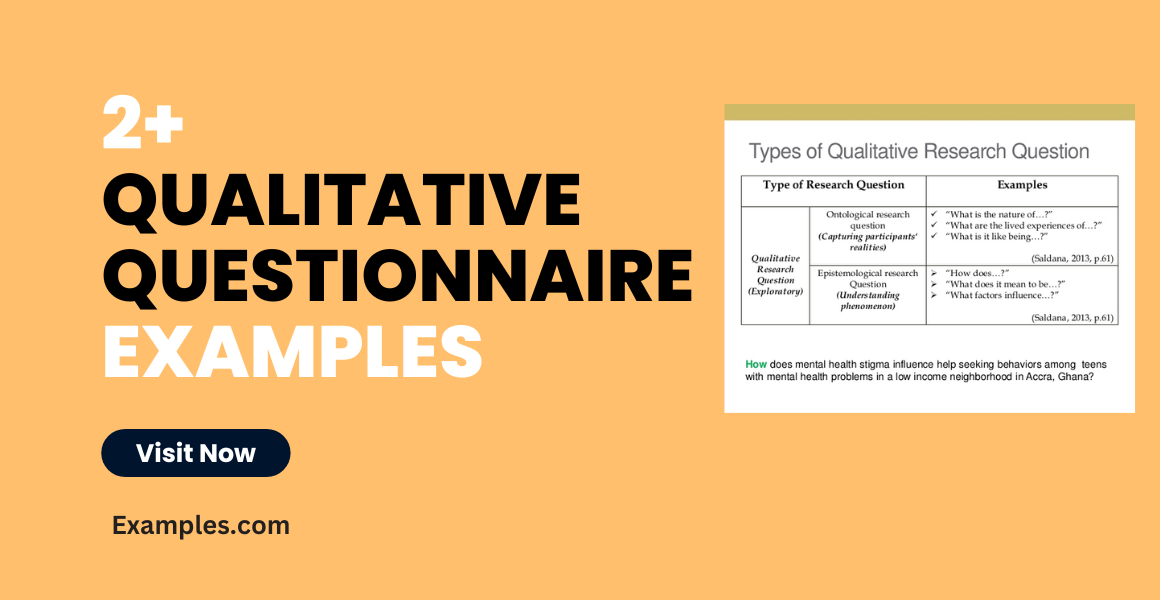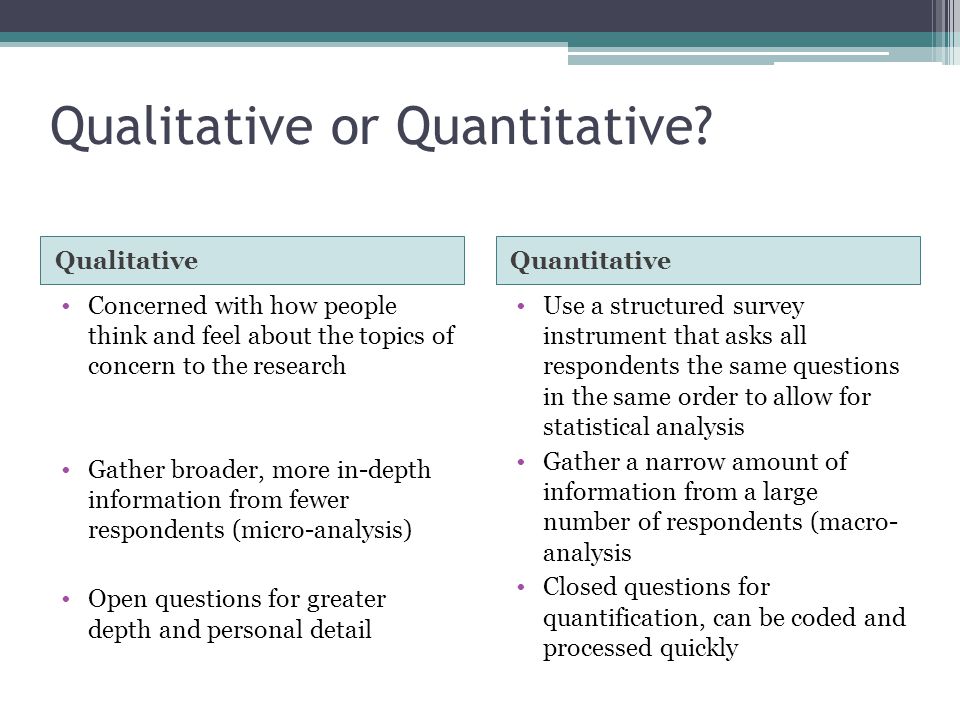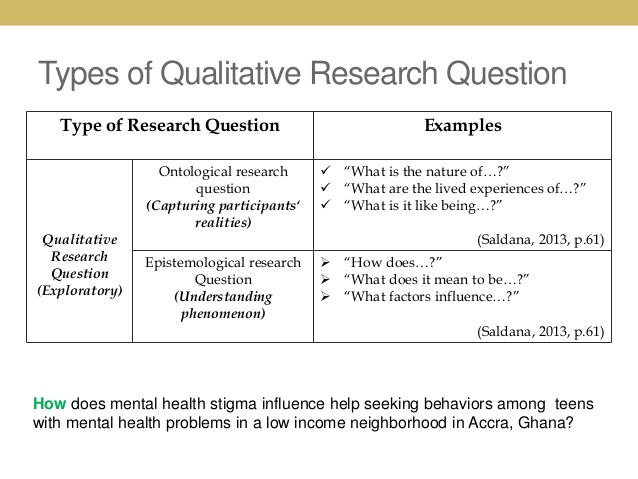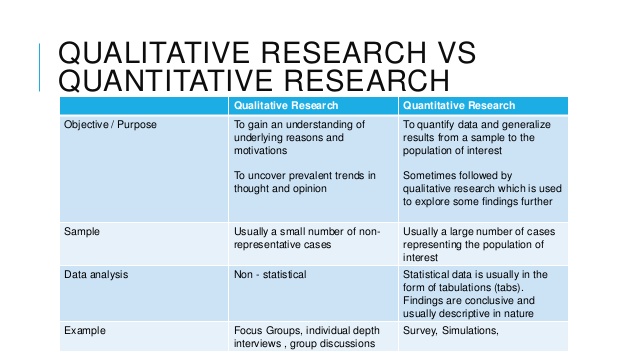15+ Qualitative Questionnaire Examples

When you first think of qualitative and quantitative survey, what comes into your mind? For students, it would normally be something that they would have to concoct in their thesis class. But truth be told, you can find these general surveys almost everywhere. Hotels distribute them in order to get feedback from their guests or clients for the duration of their stay.
Restaurants hand them out to customers to allow them to rate not only in terms of their food, but also the food as well. Students hand them out to their respective respondents so that their questions may be answered in the hopes of passing the class. So, what do these have in common? Surveys gather data for whatever purpose the ones conducting them have. By gathering the said data, it helps the researcher or the industry better understand their audience and what their thoughts re on that particular matter. Although there are many ways in gathering the needed data to help answer your queries (e.g. face-to-face interview, telephone interview), the most common method of getting what you need is through a survey. You may also see questionnaire examples to give you more insight in making surveys.
Qualitative vs Quantitative Summary
Quantitative vs. Qualitative Surveys
As you know, there are 2 kinds of surveys that can be asked to the respondents: quantitative or qualitative surveys.
Quantitative surveys count results. These are the kind of surveys that would normally provide you with options in order to obtain more accuracy from your audience especially when they answer the questions. These kinds of surveys have tick boxes or radio boxes beside them which would indicate them as a quantitative survey. This kind of survey may be given to anyone at random (depending on how many people you are aiming for) or for a certain demographic that fits the given criteria and use statistical analysis to ensure that the results are statistically significant and representative for the whole population. Below is an example of such. You may also see research questionnaire to provide you a better idea on how research surveys are made.
PART 1
- Are you a reader of local British dailies’? Please select one. YES or NO. If no, there is no need to continue.
- If YES, what local British newspaper would you usually read? Please select one.
- The Guardian
- The Times
- The Daily Telegraph
- The Independent
- Daily Mail
- How frequent do you read any of the local dailies?
- Everyday
- Once a week
- Once a month
- Other (Please indicate)
Qualitative surveys ask open-ended questions. If quantitative surveys get results based on numbers and computation, qualitative surveys ask for comments, feedback, suggestions, and other kinds of responses. Although the downside to asking qualitative questions would be the need to transcribe the answers accurately and correctly in order to assess the basis of their responses, the kind of answers that qualitative questionnaires provide are more in-depth and are more rich in information than close-ended questions. Most, if not all, would likely include both qualitative and quantitative surveys in order to provide a balance of responses coming from their audience. This one-two-punch strategy is much preferable to going straight to a closed-ended question with response categories you and your colleagues thought up in your conference room. Keep in mind that if you are asking qualitative questions via a face-to-face or telephone interview, do not just stick to your questions. There is always the possibility of a follow-up, and make sure that they remain on track when giving a response to your questions since the chances of them getting carried away are high. You may also like what is the importance of a questionnaire?
For the sake of your thesis and perhaps some other research purposes, it is important to get consent first from your respondents before considering to publish said research. 2 very crucial aspects are needed to get it done: careful planning and coordination.
Dear Respondents,
Good day! We are currently conducting a research entitled Examining American Dailies Banner Stories and Readers Preference with the aim of documenting and analyzing the present landscape of the banner stories of local American dailies’ banner stories and analyzing the gatekeeping procedure of the present news editor in their respective news organization. In line with this goal, we request you to answer this survey questionnaire by encircling the letter of your choice. Thank you! You may also see what is a questionnaire.
PART 1
GUIDE QUESTIONNAIRE
Interviewees are encouraged to discuss each point thoroughly.
- What kind of news story do you usually select as a banner story?
- How do you select a news story as a banner story?
- Do you consider news values as a factor for news selection?
- What news value/s do you usually associate your banner story with?
- What news value/s are less likely prioritized?
- What is your personal criteria in the selection and exclusion of story?
- Does your organization have certain criteria for news selection? Discuss the top 3.
- If you are to choose one story as a banner story between a controversial story that will have a minimal impact on society as they go about their daily lives, or an economic-related news that will hold much significance to the readers but will impact on the city’s future, which would you choose as a banner story and why?
- What specific elements in a news story do you usually look into? (i.e., grammar, structure)
- Does gender in the newsroom influence your banner news selection?
- Would you pursue a controversial story that involved one of your major advertisers knowing what it might cost the company?
- Discuss how your company balances marketability at the same time maintain the quality of news.
- Do you consider advertising and rating as among the pressures in selecting a banner story?
- How important are readers’ preference to your story selection?
- Do you think your company is able to provide the readers a variety of news in every banner story?
You may also check out evaluation questionnaire examples & samples.
Types of Qualitative Research Questions
Tips for Qualitative Surveys
For people who likes to keep things tidy and systemic, they would normally try to find a way to make sure that the qualitative questions are arranged in a manner that is chronological in a way. Another thing is that you cannot simply ask just any kind of qualitative question since it might turn out to be a useless gesture if they do not really provide the answers that you would want to hear. Here are at least 20 tips to help you draft a good qualitative survey. You may also see evaluation questionnaires.
- Test your survey. How would you know that your survey or questionnaire is effective when you yourself have not even tested it or even answered it yourself? Remember, that a lot of things in life are always trial and error. Before giving birth to the light bulb, Thomas Edison has failed at least a thousand times before making it work for the 1001st attempt. He said that he did not fail, but found a thousand ways it did not work. You may also see what is a survey questionnaire?
- First, you should try to draft your questions and get comments and opinions from your friends or supervisors.
- After drafting the questions, proceed to making the survey and handing it out to your colleagues for a dry run as to how they answer. Along the way, it is also important to get feedback from them for each question made. You may also like hr questionnaire examples & samples.
- Once you have managed to obtain their feedback, the next step for you would be to revise the said survey and start handing them out again to maybe different people.
- Try to mix up some sections and questions of the survey to help ensure that when there are certain people who will quit partway don’t affect the overall balance of data being collected, and that the question or section ordering doesn’t bias people’s responses. You may also check out lifestyle questionnaire examples & samples.
- Test the survey-system format with a small set of testers from the target audience, again collecting comments on each page.
- Make sure that this time the data that you have gathered can be sorted and be laid out in an easy and comprehensible manner.
- Revise the survey one more time.
- Don’t make your own tool for surveys if you can avoid it. There are numerous ways to go about distributing your survey to the masses- whether it is a hard copy survey or through an electronic survey. In that way, you can save not only time, but also money. You might be interested in examples of questionnaire for customer satisfaction.
- Decide up front what the survey learning goals are. When the respondents are done answering the survey, what would be the end goal of this? For researchers, it is important to go back to the general Statement of the Problem to make sure that their survey questionnaire can really answer as to what is found in the S.O.P.
- Write neutral questions that don’t imply particular answers or give away your expectations.
- Open vs. closed answers. The main difference between the close-ended and open-ended questions is the amount of thinking and time that the respondents themselves will dedicate. Keep in mind that close-ended questions are the easiest to answer since the choices are already laid out for them, while open-ended questions require a significant amount of time to answer if the respondents truly wish to be honest with you. Maintaining the balance between these kinds of questions is important since you both want objectivity and subjectivity at the same time. You may also see product questionnaire examples & samples.
- Carefully consider how you will analyze and act on the data. For researchers, that would not normally be the issue since the treatment of the data section provides them with an idea of what to do with the gathered data. Here is an example:
Treatment of Data. The data will be analyzed using quantitative (frequency count and survey) and qualitative (content analysis and interview) research design. For the first sub-problem, news categories for each banner story will be individually analyzed, categorized and coded by the researchers and the data analyst for the purpose of triangulation. Afterwards, the three parties will discuss and consolidate their findings as one. Based on all three analyses, the most common news categories found in news stories particularly: a) business, b) crime, c) human interest, d) education, e) sports, f) entertainment/lifestyle, g) politics, h) science and technology, i) health, j) environment, and k) disaster, will then be tallied and tabulated to reveal the top three most frequent news categories found in Cebu dailies’ banner stories. News values in each banner story, on one hand, will still be analyzed, categorized, and coded by the researchers and the data analyst individually according to Conley & Lamble’s (2006) list of news values with its respective definitions. Afterwards, news
values will be tabulated to determine the top three news values banner stories are mostly associated with. You may also like survey questionnaire examples. - Multiple vs. single answers: By only providing one answer, you are simply depriving the respondents by not giving them enough choices for them to truly express what they would want to answer for close-ended questions. Try giving out more choices for your audience so that the research data can have more substance. You may also check out health questionnaire examples.
- Front-load the most important questions, because people will quit partway through. There are some people that might decide to give up halfway through the survey, especially when much thinking is involved. So ensure that when drafting the said survey, all the important questions are placed up and center so that you would’t have to worry about the loss of much data when people stop answering partway. You might be interested in how to develop a questionnaire.
- Provide responses such as, “Not applicable” and “Don’t use”. By providing these kinds of questions, you actually save people the trouble from going through those questions more than they would need to.
- People have trouble understanding required and optional signals on survey question/forms. Have you heard the saying that common sense is not so common anymore? That unfortunately, applies true until today. The tendency of people not following instructions is very high. That is why it is essential and important for the ones conducting the survey to give out the instructions as clear and as concise as possible which then informs the respondents which questions are a “must” to answer and which areas are optional. Sometimes, people would often overlook examples and instructions that are on the right. When marking is not clear enough, many people feel obligated to answer optional questions. Use one-line directions if at all possible. You may also see training questionnaire examples & samples.
- Keep it short. The Keep It Short and Simple (K.I.S.S.) rule still applies, even to survey making. The shorter and more comprehensible the question, the better. When your questions are lengthy, there is a big probability that the respondents might not even know what the real question is. It is always best to make it straight to the point in order for the respondents to give their answers better. You may also like student questionnaire examples.
- People tend not to read paragraphs or introductions. Surveys are boring to answer. It is true. Making surveys are even harder. The ones who made the survey would actually appreciate it if you took the survey seriously and with all honesty. After all, there might come a time that they would need a survey to be answered, and you would not want them to give out fabricated answers, now would you? Reading the introduction after all gives you a better and clearer understanding of what the survey is about and how it can actually help society (e.g. for research surveys). You may also check out research questionnaire examples & samples.
- Define terms as needed. It cannot be helped if there are certain terminologies that the respondents might not be able to understand right away since it might be something that they have not really heard of before. If it is a jargon that you are trying to define, make sure that the certain word is done in layman’s terms, that even the average person can get its meaning. You might be interested in how to prepare a questionnaire.
- Ask assistance from a professional to help translate the data of your survey. Some survey answers are easy to break down, some are not. It may be possible to treat the data on your own, but just know that you can always ask for help, especially when it is needed. Statisticians for instance can help you with translating the data into numerical form as simple as possible. When using interviews as the source of your data, ask aid from a transcriber, especially if some of the words are not in English. You may also see assessment questionnaire examples.
- Answer ordering and first words matter. Logical groupings, randomized lists, and short lists work better than long, alphabetical lists. Ordering issues can skew your data, so test alternative list orderings when you test your survey. When selecting from a list, many people choose the first thing that sounds like it might be right and go to the next question. You may also like sports questionnaire examples & samples.
- Items at the top and bottom of lists may attract more attention than items in the middle of long lists.
- Because people scan instead of read, the first words of items in lists can cause them to overlook the right choice, especially in alphabetical lists.
- Test where best to place page breaks. Arrange your questionnaire by parts so that people can be able to browse through the questions of that certain page better. If you merge all the questions together without segregating them properly, there is a chance that the conductor of the survey might be confused on which particular part that question attempts to answer. Segregate the questions as best as you can in order to avoid confusion. You may also check out questionnaire templates & examples.
- If possible, don’t annoy people by asking questions that don’t apply to them. There are certain questions that the respondents might not be able to answer. Maybe to the ones that are not your target audience, but other than that, they might just get irritated by seeing the question. So make sure to only ask the questions that are relevant to your audience and not to add unnecessary ones. You might be interested in customer service questionnaire examples & samples.
- Take your data with a grain of salt. Unlike for quantitative surveys, qualitative survey metrics are rarely representative for the whole target audience; instead, they represent the opinions of the respondents. You can still present descriptive statistics to summarize the results of the survey, but, unless you use sound statistics tools, you cannot say whether these results are the result of noise or sample selection, as opposed to truly reflecting the attitudes of your whole user population. You may also see questionnaire examples in word.
- Count whatever you can count. There will always be certain people that will get sidetracked by not really answering your question and just give out anything he or she feels about that certain subject matter. Segregate and filter out the information. If you feel that his answer is way off track, then it would be best not to include his or her answer as part of your data. You may also like restaurant questionnaire examples & samples.
- Show, don’t tell. Use lots of graphs, charts, and tables, with an executive summary of key takeaways.
Qualitative Research vs Quantitative Research
Making a survey is often easier said than done. You would have to think and carefully formulate the kind of questions that is necessary if you really want to gather the data that matters the most to you. For research students, there is always the option to consult with your thesis adviser to help you out. You may also see survey questionnaire examples to provide you with more insight in how to make these kinds of surveys.





